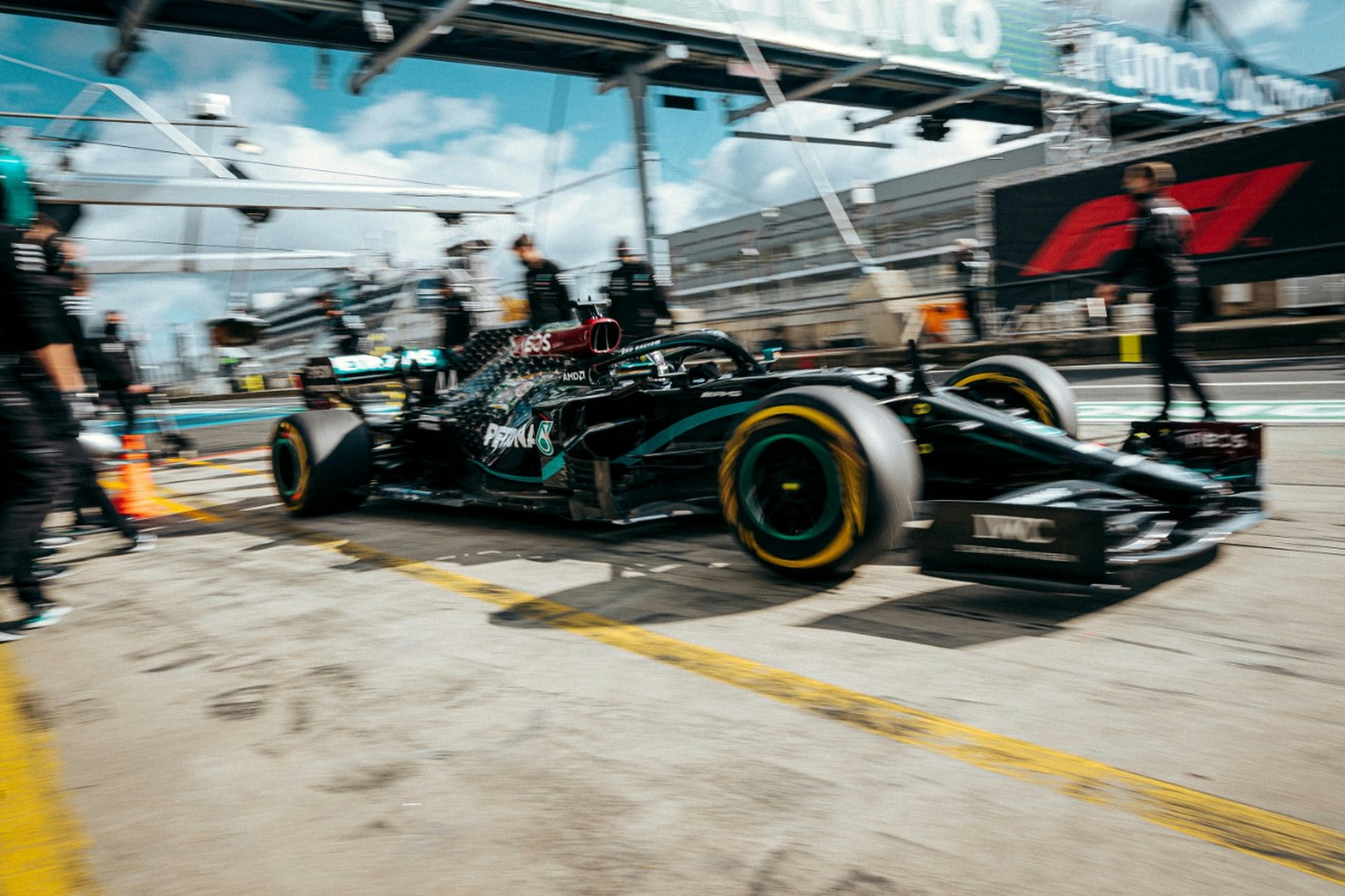
I started following Formula 1 in high school and am happy to see it gaining popularity in the United States. Despite its growing audience, I see two kinds of problems within Formula 1: the urgent technical and financial concerns that affect the sport now, and the grand themes of the sport that define its long-term destiny.
In 2022, Formula 1 will fully unveil a brand new set of technical and organizational regulations that will shape the next era of the sport. Right now, concerns surrounding the sport’s immediate fate include the financial sustainability of the teams, the burdens of the pandemic, eight years of Mercedes dominance,1 and various technical factors that make overtaking less frequent than in previous eras of the sport. When the sport celebrates its centennial Grand Prix in 2050, Formula 1 might be only be superficially recognizable compared to today.
But there are larger issues at stake that Formula 1 can really only abstractly claw at right now. These issues extend deeper into the identity of an international sport navigating a world that is increasingly vigiliant of its environment footprint, its inequality, and its human rights. F1 will, at some point, confront these issues as they become necessary for the longevity of the sport’s technological evolution, or its financial success.
Confronting electrification↗
The gradual electrification of ordinary road cars led F1 to mandate a new component of the powertrain: an electric battery that provides near-instant acceleration throughout the race and harvests energy during braking. Since 2014, this electrical system—dubbed KERS—has improved dramatically as teams discovered more mature ways of integrating electrical energy in their cars. Such technology improved the efficiency of the car and reduced its overall fuel consumption.
However, the main culprit behind F1’s massive carbon footprint are not the actual race cars, but the logistics vehicles used to transport teams and equipment across the different race venues across the world. Formula 1 estimated that only 0.7% of its 2018 carbon emissions came from the race cars themselves, with the main contributor being the trucks, airplanes, and cargo ships that circulate throughout four continents during the race season. It really does appear to be a difficult traveling saleman problem.
Formula 1 has committed itself to being carbon-neutral by 2030. Should F1 transition fully to electric race cars, usurping the existing all-electric Formula-E racing series and embracing the next generation of automobile technology? The logistical vehicles used to transport Formula 1 around the world would also need to become greener, but a transition beginning from the race cars would signal a clear message. This is a highly controversial stance, since the combustion engine is intimately associated with Formula 1’s 70-year racing history.
However, any changes to the race cars are only addressing a small portion of the emissions produced by the sport, so an audience must bear in mind that the needed reduction of greenhouse gases from Formula 1 will be largely out of view.
The race cars themselves are important when we consider that the automobile industry is gradually shifting towards electric vehicles. Formula 1 has traditionally been an experimental testing ground for innovation to trickle out into consumer-grade road car technologies. This will no longer be the case if engine manufacturers find themselves developing state of the art internal combustion engines that are becoming increasingly irrelevant to their core business model.
Driver diversity↗
The current drivers’ champion Lewis Hamilton is notable for being one of the most decorated drivers in Formula 1 history, as well as being the only black driver to ever compete.
F1 remains a sport that perennially features young European or American men from wealthy backgrounds. A number of celebrated drivers have hailed from Asia and South America, but over 91% of all drivers to have ever competed have hailed from either the United States or Europe. This trend has not changed in the 21st century.
The factors contributing to this dynamic are well understood yet weakly disrupted. There is a recursive diversity issue at every level of racing leading to Formula 1, which is exacerbated by the increasingly expensive cost of raising a racer. Formula 1 drivers earn their seats after graduating from successful junior careers in feeder series such as Formula 2.
Junior drivers earn their seats after being selected from smaller, regional karting competitions. We must see that at the earliest stages of a young driver’s career, households must prepare to spend six-figure sums annually to fund their children’s karting aspirations, which largely competes in western Europe. As such, most drivers in F1 have been training to become racing drivers for the majority of their lives. The reality of racing shows that young boys are placed in these formative karting careers more often than young girls, and the exclusivity of the sport to the wealthiest households limits the total sample size of young drivers. An all-female racing championship called W Series was introduced in 2019 to encourage female participation in motorsport, but this has received various criticisms centered around the implication that females are segregated from entering Formula 1.
Most people have the basic impression that the sport will eventually debut more diverse drivers. Furthermore, most developed economies have staged various educational efforts for women and historically disadvantages minorities to pursue STEM educations and careers. However, research in the US has shown that women pursue STEM careers less frequently than men despite earning higher grades in such subjects. There are pervasive cultural norms that hinder gender parity in STEM, and I wouldn’t be surprised that in the current state of things, the sport’s driver composition won’t fundamentally change much.
Human rights↗
While Formula 1’s commitment to inclusivity, diversity, and other popular human rights rhetoric has been generally well received, the sport is criticized for turning a blind eye towards human rights controversies that implicate sponsors and race venues.
Sportswashing is the practice of hosting high-profile athletic events in countries with a poor reputation of protecting human rights. Such accusations have long been levied on Formula 1; in years past F1 has been criticized for racing in Bahrain, Russia, and China.2 Recently, the announcement that Formula 1 would host the inaugural Saudi Arabian Grand Prix in 2021 drew criticism from Amnesty International and Human Rights Watch.
Since Formula 1’s financial and venue decision making are closely linked, navigating the implications of selecting a country to host a race is a controversial activity. Any international sport will encounter the same obstacles. Formula 1 must do so while avoiding the slippery slope of rejecting all race venues based on historical misdeeds.
In rare instances Formula 1 has shown clear resolve in the face of a social crisis, but generally only if there is overwhelming worldwide outcry. The 1985 South African Grand Prix was notable for being boycotted by some teams due to apartheid. The French government prohibited French teams Ligier and Renault from competing and a number of sponsors withdrew their branding from cars in preparation for the race. Shortly after the race, Formula 1 withdrew plans for planned races in South Africa due to the ongoing global apartheid protests.
The troubling nature of Formula 1’s current positioning is that it must somehow unite its values with the very different cultural standards of its benefactors. This is no simple task, and has beset even the Olympics on a number of occasions. But if Formula 1 is to continue with its stance of promoting social justice and equality, then it ought to actively enforce its values beyond a marketing campaign.
When the V6 turbo-hybrid engine debuted in 2014, Mercedes responded with the best overall car. It turns out that in Formula 1, this kind of early success usually leads to a positive feedback loop.
To which some then pointed out that F1 races in the United States and the United Kingdom as a kind of exercise in whataboutery.